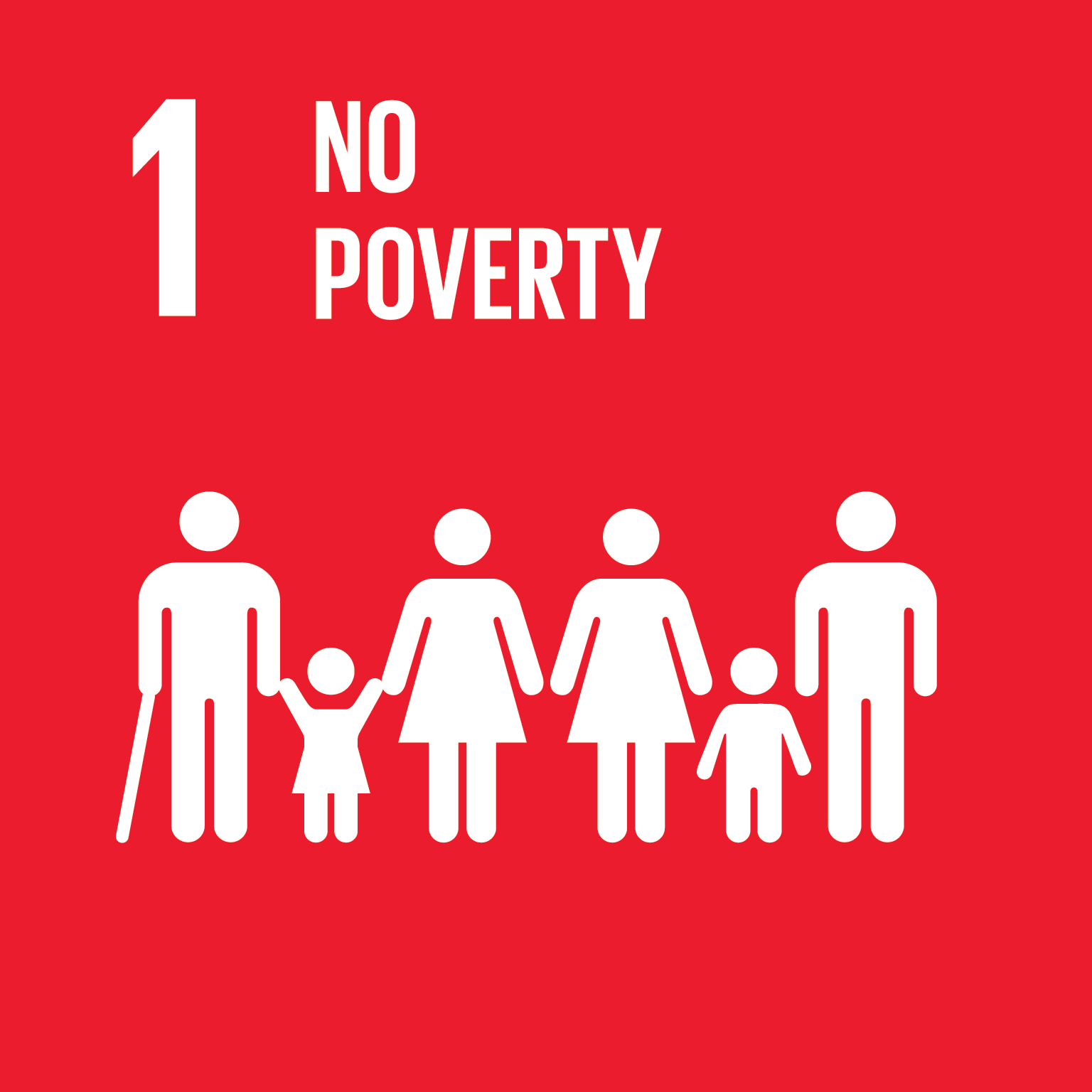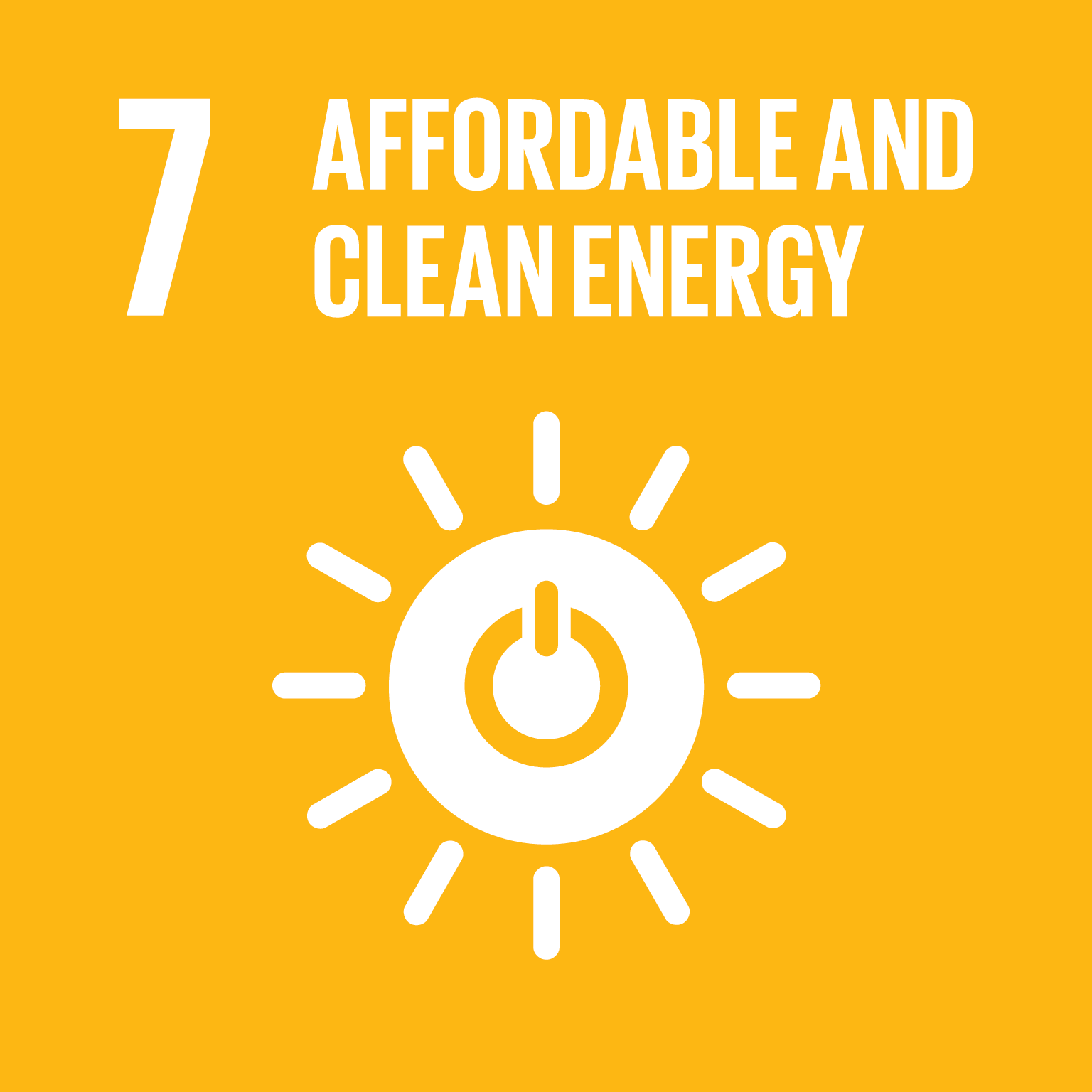For semester 1 I had decided to do $20 Boss where we were required to start our own business and sell our products in a market during week 9. This was similar to the Christmas market but also had its differences because we were able to relate it since we had to create our own product I’d joined a group where we were all very creative and would take leadership but little did we know that our ideas would clash. After brainstorming many different ideas we’d made our final decision to make customised notebooks. We’d decided to make customised notebooks because we can all agree that notebooks can sometimes be utterly boring and writing is a skill that has been lost over time. Writing can help many things including mental wellbeing as it can be used to write down your emotions and feelings or could simply just be to draw or write in some schoolwork. This is why we decided to get some potential design covers and choose what cover they personally wanted. We thought that with all our skills we’d be able to easily accomplish it but it was a lot more challenging than expected with a lot of steps. We’d started off by doing a design sprint challenge where we had to explore different ideas to solve a problem within the world.

The capability that was most useful for us was creativity and there were also many others to improve on include organisation like who was going to do what in terms of production as 2 of the group members did most of the production and also a thorough timeline and actually trying to achieve our goals. We also could have used effective communication as we didn’t make it clear if we were going to meet up or collect materials and who was going to do what in terms of production and advertising.

On the 16th of June, we were all ready for the market although we were only taking pre-orders we had a prototype for our customers to have a look at. The market went successful and managed to make a $20 profit.
In this project, I have grown by learning to work with some different people to what I usually do and I have also learnt that every idea won’t always work which is why we continue ideating to make our idea even better than it was. If I were to do this project again I’d focus a bit more on time management and figure out how long it would take us to make the notebooks. Even though it didn’t go as well as we were hoping to this was an amazing learning experience for all of us.






